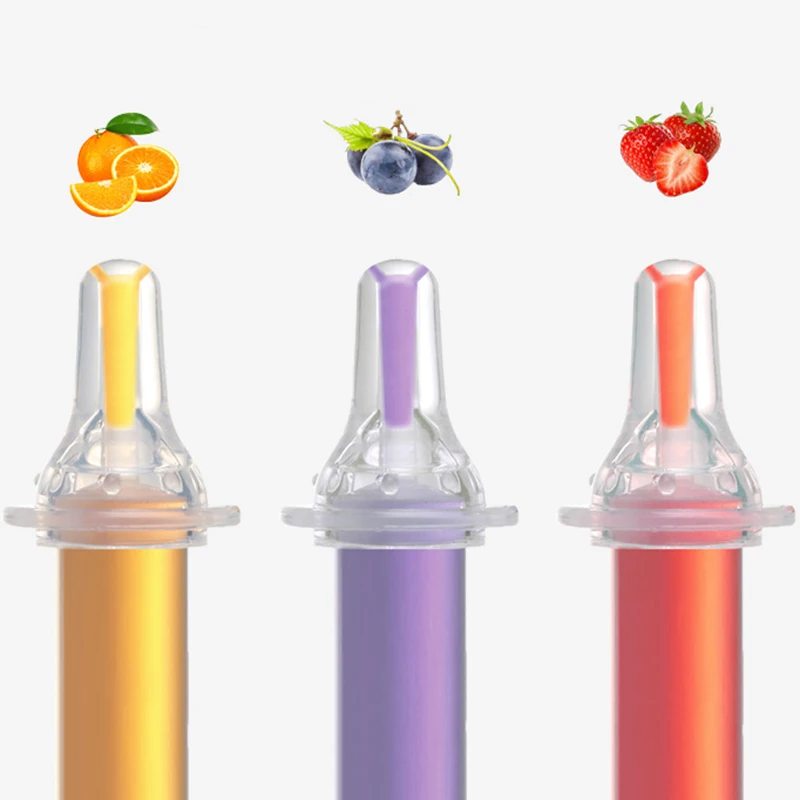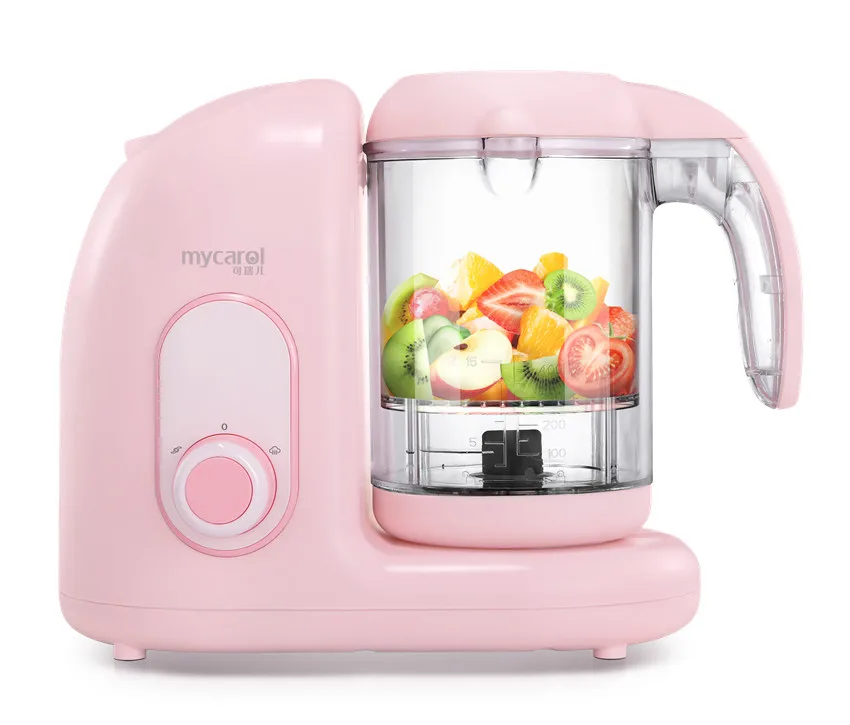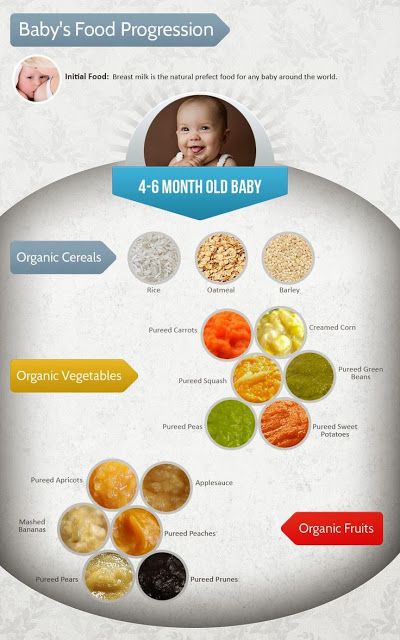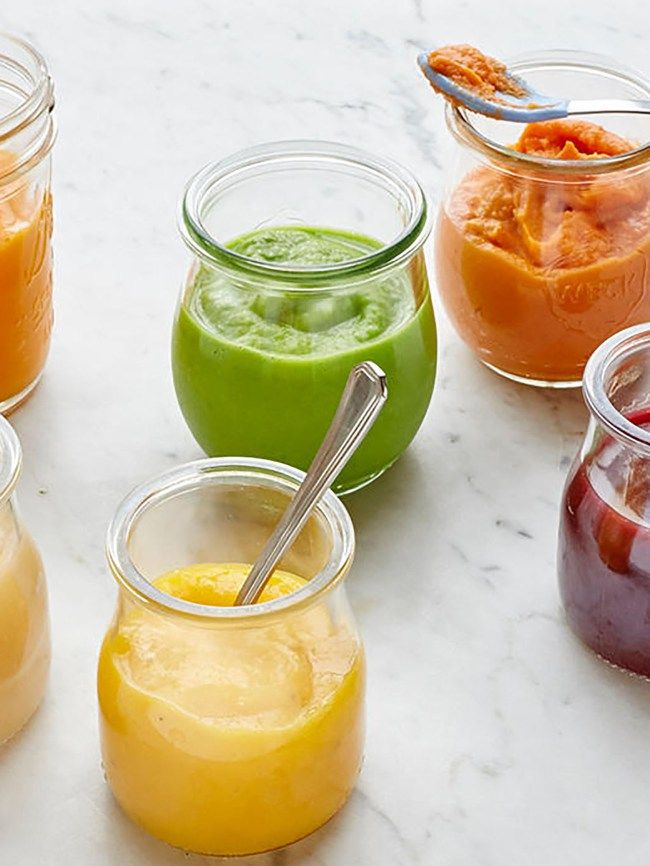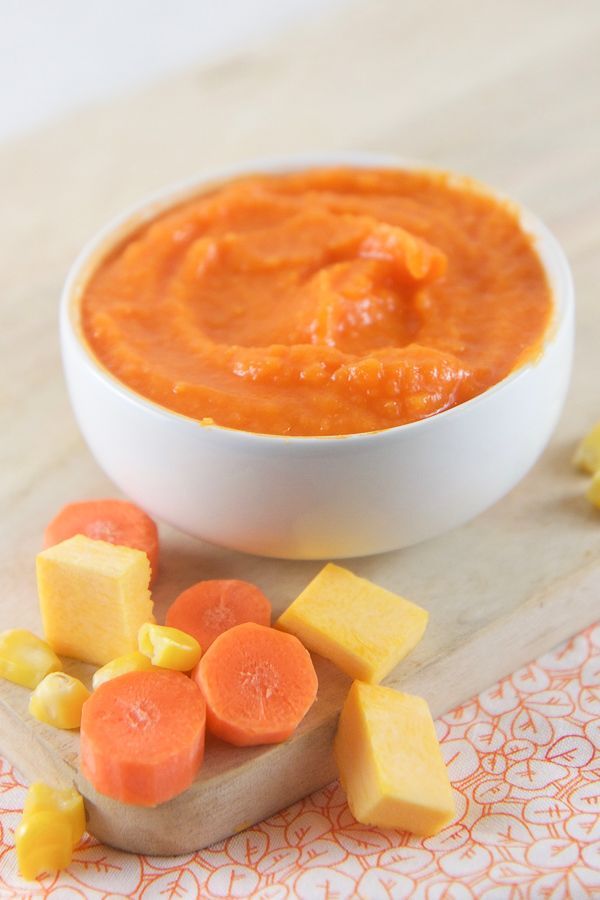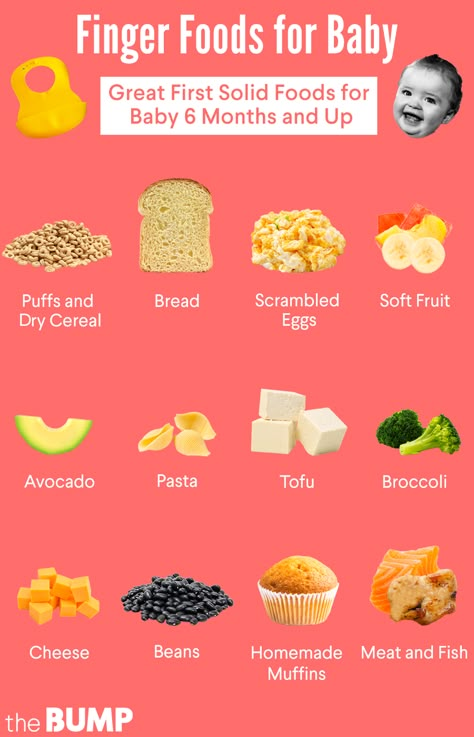Baby food ingredient list
How to make baby food: Recipes and nutrition
Once a baby is ready to eat solids, parents and caregivers can save money and ensure optimal nutrition by making baby food at home.
The American Academy of Pediatrics recommend that parents and caregivers avoid giving babies food until they are about 6 months old and show signs of readiness, including sitting mostly on their own and having good head control.
Share on PinterestPureeing ingredients can be an easy way to make homemade baby food.According to the Centers for Disease Control and Prevention (CDC), it is not necessary to introduce solids in a specific order. Instead, the focus should be on choosing foods that are easy to puree.
The following tips are important when preparing to feed a baby with homemade food:
- Introduce new foods every 3 to 5 days: This method makes it easier to identify the source if a child has an allergic reaction to a particular food type.
- Acceptance can take time: Infants may need to try a new food many times and in many forms before they accept it.
Keep offering a wide variety of new foods but do not force an infant to eat anything that they do not want.
- The right consistency depends on the baby’s age: Very young babies who are new to solids need thinner foods, which people can prepare by adding extra water, milk, or broth. As a baby grows and begins chewing, they can eat thicker foods.
- Avoid honey and additives: It is important not to add honey to baby food, as it can carry botulism. Baby food should also not contain added sugar or other sweeteners.
Proper food preparation is important to minimize health risks.
When making homemade baby food:
- thoroughly wash the hands, and then wash the food
- peel fruits and vegetables and remove pits, seeds, and any other parts that the baby should not eat
- use a blender or baby food maker to blend the food to the right consistency
- always thoroughly cook meat, and only provide meat in the form of a puree
After preparing the food, parents and caregivers should store it in the refrigerator. Most foods only last a few days in the refrigerator, so it is advisable to smell and taste them before feeding them to a baby.
Most foods only last a few days in the refrigerator, so it is advisable to smell and taste them before feeding them to a baby.
Another option for pureed foods is to freeze them in an ice cube tray and reheat them at a later date.
Simple purees
Simple purees use just one ingredient. Introducing these purees makes it easier to assess whether a baby likes a new food and how their body reacts to it.
People can try pureeing fresh fruits and vegetables, such as:
- carrots
- mangoes
- peas
- apples
- leafy greens, such as spinach
- bananas
- prunes
- cooked sweet potatoes
Combined purees
If a baby tolerates a single food, it is safe to combine it with other foods. It is fine to introduce combinations of foods early. The only reason not to combine foods straight away is that it makes it more difficult to check for sensitivities and allergies.
Some parents and caregivers like to blend sweeter foods, such as apples, with more complex or bitter flavors, including spinach.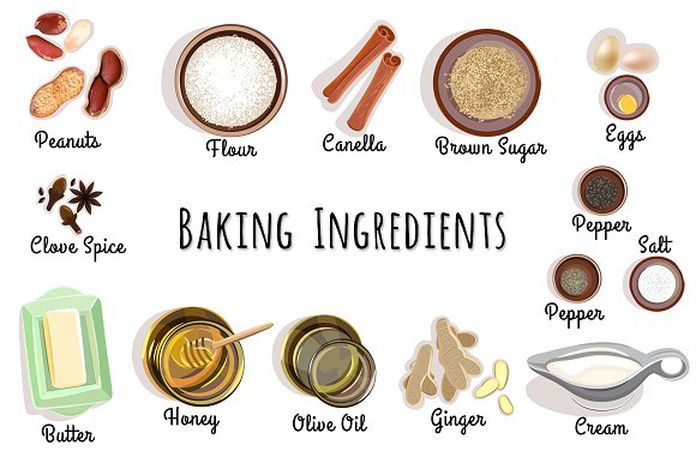 While this is a good way to give a baby varied nutrition, there is no need to mask one flavor with another. Instead, offering a particular food many times may increase the likelihood that a baby will like and eat it.
While this is a good way to give a baby varied nutrition, there is no need to mask one flavor with another. Instead, offering a particular food many times may increase the likelihood that a baby will like and eat it.
Some combinations that many babies like include:
- apple and spinach
- meats, such as ground beef or chicken, with carrots, peas, or other vegetables
- banana and mango
- squash and peach
- apple and cauliflower
- broccoli and sweet potato
- squash and sweet potato
- pear and peach
- sweet potato and banana
Some babies enjoy frozen baby food, which people can make by freezing the food and putting it in a frozen food feeder. Readily available at many stores or online, these feeders resemble popsicles, and they ooze out small quantities of food as the baby sucks on it. This option can be especially helpful for teething babies with sore mouths.
Table foods
Some parents and caregivers opt for an approach called baby-led weaning, in which they give babies table food from the beginning.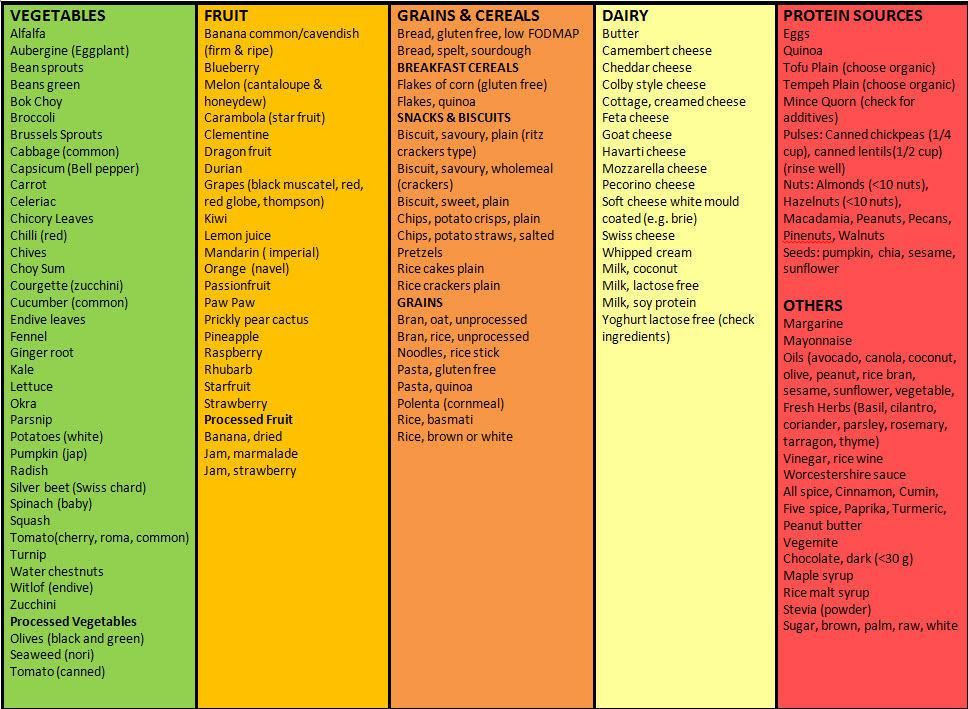 Others introduce table food only after purees.
Others introduce table food only after purees.
There is no “right” choice, but it is essential to choose foods according to a baby’s abilities. A new eater is not ready to eat nuts, grapes, raisins, or other choking hazards in their whole form.
Some good table foods to start with include:
- well-cooked eggs, for example, small pieces of hard-boiled or scrambled eggs
- soft foods, such as cooked mashed potato or sweet potato
- portions of soft fruits, such as ripe mango or banana
- small, thin pieces of soft meats
- small slices of meat substitutes, such as tofu, as long as they do not contain lots of added salt
Under 1 year of age, the primary purpose of solids is to offer supplemental nutrition and get babies accustomed to new foods. Formula or breast milk should still be the primary source of nutrition. Parents and caregivers can try feeding the baby solids after a bottle or breastfeeding session.
Aim for either 24–32 ounces of iron-fortified formula or three to five or more nursing sessions per day. Some general guidelines from the Department of Agriculture include:
Some general guidelines from the Department of Agriculture include:
- Juice does not offer any nutritional value over that of fruits and vegetables.
- Between 6 and 8 months, give 4–6 tablespoons (tbsp) per day of iron-fortified infant cereal. Offer 3–4 tbsp each of fruits and vegetables and 1–2 tbsp of proteins, such as meat or beans.
- Offer a gradually increasing quantity of solids. By 8–12 months, babies should get 1–3 tbsp of protein, 4–6 tbsp of iron-fortified cereal, and 3–4 tbsp each of fruits and vegetables.
Homemade baby foods may make it easier for parents and caregivers to offer a wide variety of foods affordably. However, store-bought foods are safe, and people can mix homemade and premade foods as it suits them.
Parents and caregivers who have children with allergies or specific nutritional needs should consult a pediatrician before making homemade baby food.
WHAT'S IN GERBER BABY FOODS? — Ingredient Inspector
WHAT'S IN GERBER BABY FOODS?Dana McCorvie
BABY FOOD, READER REQUESTED CATEGORY
Information updated July 2022
POTENTIAL BABY FOOD TOXICITY: There is significant, current and scary data regarding the presence of ingredients which are not on any ingredient labels >> the toxic components which have seeped into almost all of the manufactured foods + beverages we consume and, by definition, most mass-produced baby foods.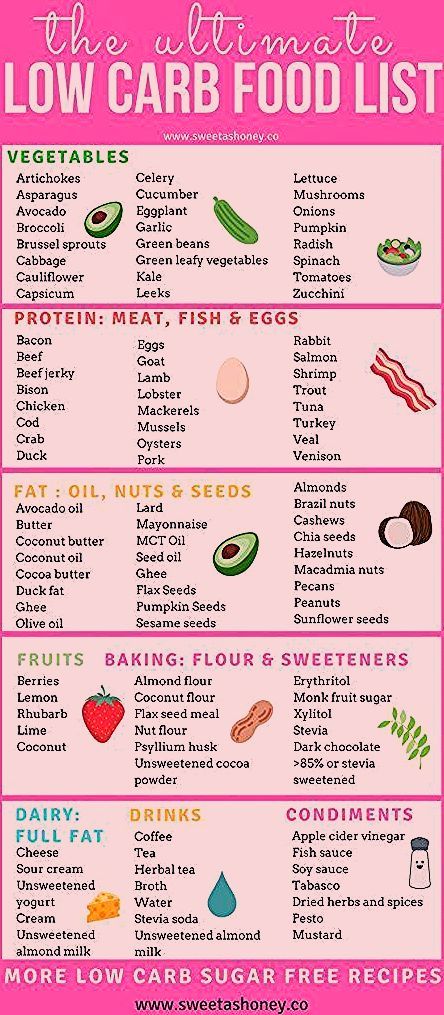 This September 29, 2021 report includes several brands including Gerber Baby Foods:
This September 29, 2021 report includes several brands including Gerber Baby Foods:
subcommittee report on toxic heavy metals in many baby foods
Here is additional information on toxins in many Baby Foods from Healthy Babies Bright Futures:
BABY FOOD TOXINS
GERBER BABY FOODS is owned by Switzerland-based Nestlé.
Here’s a statement from the Nestlé Corporate Web site:
“We believe in the power of food to enhance quality of life. We constantly explore and aim to push the boundaries of what is possible with food, beverage and nutritional health solutions to contribute to a healthier future.”With that declaration from Nestlé in mind, let’s look at what’s in the Nestlé-owned #1 Baby Food in the U.S., Gerber. (Source for Brand ranking: Statista 2022)
STARTING WITH HOMEMADE: For easy means of comparison to Gerber and other manufactured Baby Foods, here is a quick look at what ingredients are in homemade Baby Foods >> any ingredient not in homemade Baby Foods is designated as Not In Kitchen™ >> these are ingredients we would never use at home to make Baby Foods.
Homemade Baby Foods include real and whole foods alone or in combination including Fruits, Veggies, Grains, Fish+Fowl+Beef and possibly Dairy. Although some of these ingredients contain Naturally-occurring Sugars, there is no Added Sugar in homemade Baby Food, so Sugar is designated as an ingredient which is Not In Kitchen as we look at these Baby Foods.
Our goal is to find manufactured Baby Foods which are Closest To Homemade® >> Baby Foods whose ingredients are closest to those we would use at home to make any given item.
ALMOST ALL OF NESTLE GERBER BABY FOODS CONTAIN INGREDIENTS Not In Kitchen: Many Nestlé Gerber products contain FDA-recognized Chemical Preservatives including Ascorbic Acid, Citric Acid and Mixed Tocopherols. (Sources: Nestlé Gerber Web site 7/22; U.S. FDA 2022)
Unless specifically noted as ‘Naturally-occurring Citric Acid, Manufactured Citric Acid is made in a laboratory utilizing Aspergillus niger, a.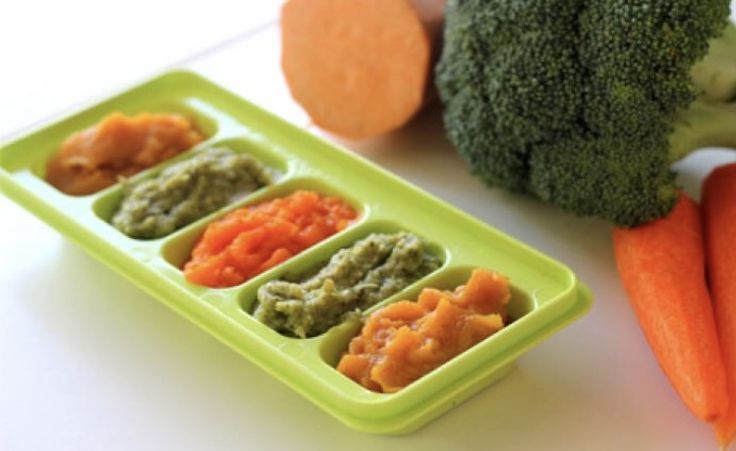 k.a. Black Mold. (Source: National Library of Medicine U.S. Institutes of Health)
k.a. Black Mold. (Source: National Library of Medicine U.S. Institutes of Health)
Learn more about potential reactions to Manufactured Citric Acid from a study — Potential role of the common food additive manufactured citric acid in eliciting significant inflammatory reactions contributing to serious disease states: A series of four case reports
From the study:
“Citric acid naturally exists in fruits and vegetables. However, it is not the naturally occurring citric acid, but the manufactured citric acid (MCA) that is used extensively as a food and beverage additive. Approximately 99% of the world’s production of MCA is carried out using the fungus Aspergillus niger since 1919. Aspergilus niger is a known allergen.”
The conclusion of this study is:
“We cannot conclusively affirm that Manufactured Citric Acid is the causative factor in the subjects’ inflammatory symptoms. However, our findings demonstrate a significant likelihood that MCA may be the culprit and are suggestive of valid concerns which warrant proper double blind studies to determine presence or absence of harm.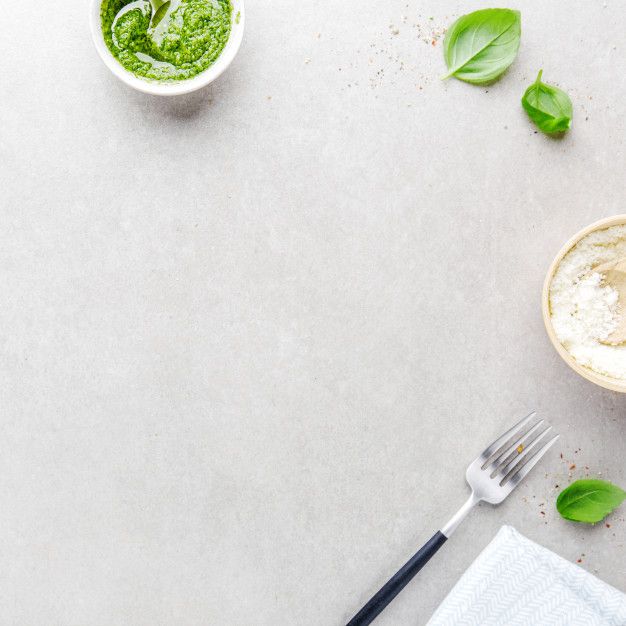 ”
”Source: National Library of Medicine U.S. Institutes of Health
The greater issue of concern is Accumulation >> it wouldn’t necessarily be a big deal if we consumed these Chemical Preservatives once in a while, but they are pervasive, especially in leading brands which tend to be from the biggest food companies. Check your pantry and fridge for just Citric Acid and you may be shocked by what you find. Click here to learn more about the study:
MANUFACTURED citric acid
Seen below, NESTLE GERBER CHICKEN & CARROT RAVIOLI IS BANNED AT WHOLE FOODS. Whole Foods cites certain ingredients as “Unacceptable in food” including Bleached Flours and there is Bleached Wheat Flour in this Nestlé Gerber Toddler Food. (Source for banned ingredients: Whole Foods Web site 7/22)
THROUGH THE NOT IN KITCHEN FILTER, THESE INGREDIENTS ARE IDENTIFIED IN NESTLE GERBER CHICKEN & CARROT RAVIOLI: Sugar, Bleached Wheat Flour, Soybean Oil, Carrageenan, Maltodextrin, Autolyzed Yeast Extract, Guar Gum, Xanthan Gum, Dextrose, Flavor, Chicken Flavor, Tapioca Dextrin, Dehydrated Carrots, Modified Cornstarch and Modified Potato Starch.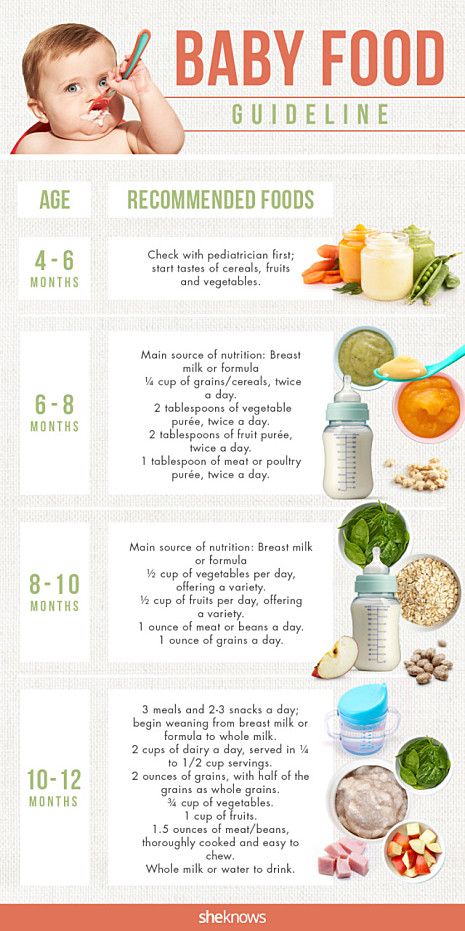
NOTE: The FDA does not allow products which contain the ingredient in this Nestlé Gerber product — Autolyzed Yeast Extract — to say ‘No MSG’ on the package front because they both contain potentially harmful Glutamates.
Many food manufacturers have switched from using MSG — which has considerable negative consumer attitudes and awareness — to
seemingly less innocuous options for Taste Enhancers which naturally contain MSG such as Autolyzed Yeast Extract, which few people have heard of and it has the word ‘Yeast’ in it which we know is in bread and beer (so how bad could it be?).From the FDA Web site 7/22: “MSG occurs naturally in ingredients such as hydrolyzed vegetable protein, autolyzed yeast, hydrolyzed yeast, yeast extract, soy extracts, and protein isolate . . . foods with any ingredient that naturally contains MSG cannot claim “No MSG” or “No added MSG” on their packaging.”
Nestlé states,
“It is well known that what we eat and drink as children sets the foundation for our adult lives” .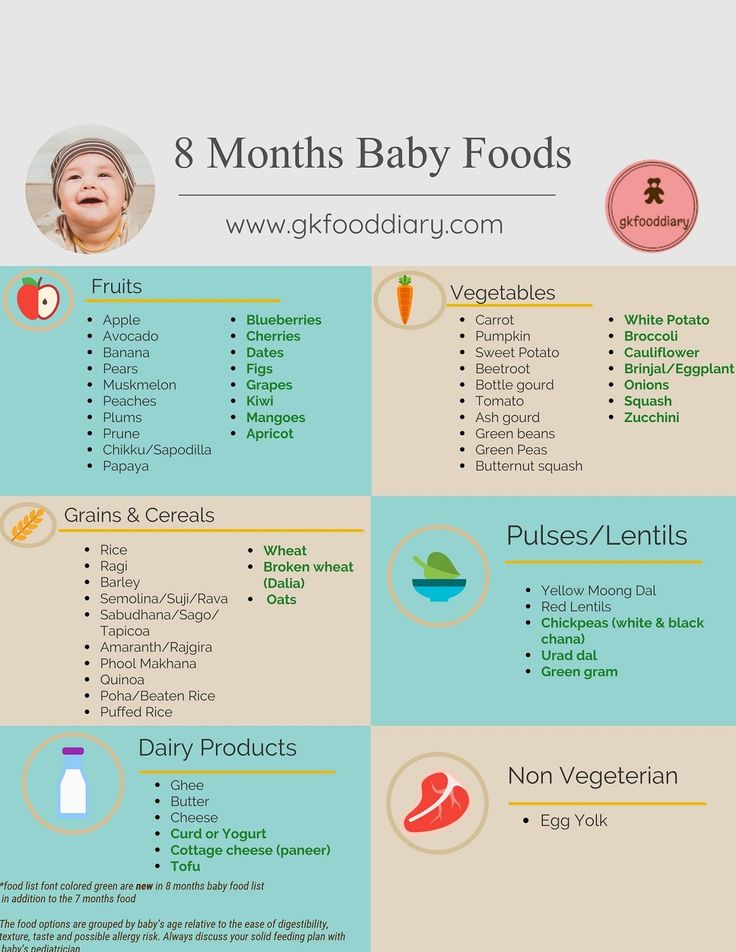 . . and then Nestlé adds four Sugar sources to a Main Meal Gerber offering for Toddlers . . . and Autolyzed Yeast Extract.
. . and then Nestlé adds four Sugar sources to a Main Meal Gerber offering for Toddlers . . . and Autolyzed Yeast Extract. NESTLE ADDS SUGAR TO MAIN MEAL OFFERINGS ELSEWHERE IN THEIR PORTFOLIO: Here’s another example of a Nestlé product made for the U.S. with 6 instances of Sugars >> Nestlé Hot Pockets Big & Bold Chicken Bacon Ranch which is banned at Whole Foods (all Nestlé Hot Pockets are banned at Whole Foods) and contains multiple ingredients Not In Kitchen. (Source: Nestlé Hot Pockets Web site 1/22)
See the Ingredient Inspector review of Nestlé Hot Pockets:
DESPITE THE PACKAGE GRAPHICS WHICH DEPICT REAL CRANBERRIES AND ORANGES, NESTLE GERBER ORGANIC CRANBERRY ORANGE PUFFS (seen below) HAVE NO REAL CRANBERRY AND NO REAL ORANGE . . . JUST THE FLAVOR OF THOSE FRUITS.
These Gerber Puffs contain Organic Cane Sugar as their third ingredient plus they have two FDA-recognized Preservatives >> Citric Acid and Mixed Tocopherols. There are also other ingredients Not In Kitchen such as Acetic Acid which is likely there to simulate the tart flavor of missing Cranberries. The Citric Acid may also be included to simulate a fruit flavor >> Oranges >> but, regardless of why Nestlé included the Citric Acid, it is, nonetheless, an FDA-recognized Preservative.
NESTLE ADDS SUGAR TO MULTIPLE GERBER PRODUCTS: If Nestlé truly believes what they say >> “It is well known that what we eat and drink as children sets the foundation for our adult lives” (Source: Nestlé Web site 7/22) >> why do they add Sugar to these Gerber products for Toddlers?
Note about Invert Sugar which is in, for example, Gerber’s Puffs product (shown below) >> this is not the same as Sugar.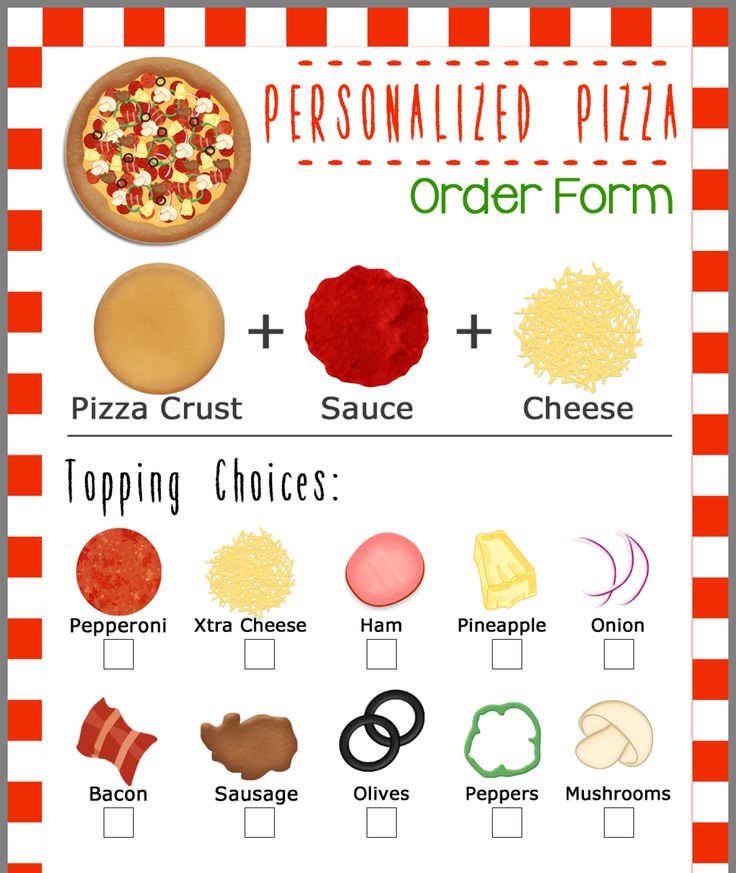 Invert Sugars are commercial sugars that have been altered by a chemical process to provide a sugar with different properties that are more conducive to being utilized in mass-production products which sit on shelves for long periods of time. Invert Sugars are better at helping the product retain moisture which is why we often see Invert Sugar in items like these puffs which seek to maintain a soft texture.
Invert Sugars are commercial sugars that have been altered by a chemical process to provide a sugar with different properties that are more conducive to being utilized in mass-production products which sit on shelves for long periods of time. Invert Sugars are better at helping the product retain moisture which is why we often see Invert Sugar in items like these puffs which seek to maintain a soft texture.
Nestlé Gerber Peach Puffs are made with ‘Natural Peach Vanilla Flavor’ which includes ingredients such as Citric Acid, Acetic Acid and Invert Sugar.
CLOSEST TO HOMEMADE BABY FOODS: Following are some Baby Foods which are Closest To Homemade . . . and some notes on why others are not . . .
Neither money nor products are ever accepted to appear on the Closest To Homemade list
Demeter biodynamic® certification has zero tolerance for genetic modification including the use of any GMO organisms or ingredients. Biodynamic® products are sourced from biodynamic farms which practice regenerative farming >> items are grown and raised here in a way which helps heal the soil and the earth, so they not only taste great and have optimal nutrition but they help combat climate change >> they remove carbon from the atmosphere and put it back into the soil. Find out more about Biodynamic® farming from Demeter — the only certifier in the U.S. for Biodynamic® farms and products:
Biodynamic® products are sourced from biodynamic farms which practice regenerative farming >> items are grown and raised here in a way which helps heal the soil and the earth, so they not only taste great and have optimal nutrition but they help combat climate change >> they remove carbon from the atmosphere and put it back into the soil. Find out more about Biodynamic® farming from Demeter — the only certifier in the U.S. for Biodynamic® farms and products:
BIODYNAMIC® FARMING + FOOD
Neither money nor products are ever accepted to appear on the Closest To Homemade list
Neither money nor products are ever accepted to appear on the Closest To Homemade list
Neither money nor products are ever accepted to appear on the Closest To Homemade list
Neither money nor products are ever accepted to appear on the Closest To Homemade list
Neither money nor products are ever accepted to appear on the Closest To Homemade list
Neither money nor products are ever accepted to appear on the Closest To Homemade list
Neither money nor products are ever accepted to appear on the Closest To Homemade list
Neither money nor products are ever accepted to appear on the Closest To Homemade list
Neither money nor products are ever accepted to appear on the Closest To Homemade list
Neither money nor products are ever accepted to appear on the Closest To Homemade list
Neither money nor products are ever accepted to appear on the Closest To Homemade list
See the Ingredient Inspector review of Plum Organics Baby Food:
Seen below, Danone-owned Happy Family (Happy Baby, Happy Tot) is currently being sued for the presence of lead in some of their products >> lawsuit issued June 2021; read more here:
happy baby lawsuit
This has now spiraled into the consolidation of 17 individual lawsuits against Happy Baby:
HAPPY BABY CLASS ACTION LAWSUIT
See the Ingredient Inspector review of Earth’s Best Baby Food:
Here’s a handy summary chart of some Baby Food products which are Closest To Homemade:
Neither money nor products are ever accepted to appear on the Closest To Homemade list
Discover more food + beverages whose ingredients are Closest To Homemade in over 200+ categories:
And we leave you with a review of old Gerber Baby Food ads . . .
. .
Dana McCorvie
Website
Dana McCorvie
Website
WHAT'S IN PROGRESSO SOUPS?
WHAT'S IN PLUM ORGANICS BABY FOODS?
WHAT'S IN EARTH'S BEST BABY FOODS?
WHAT'S IN PLUM ORGANICS BABY FOODS?
WHICH GRAHAM CRACKERS ARE CLOSEST TO HOMEMADE?
Beyond the Label: Ingredient Details.
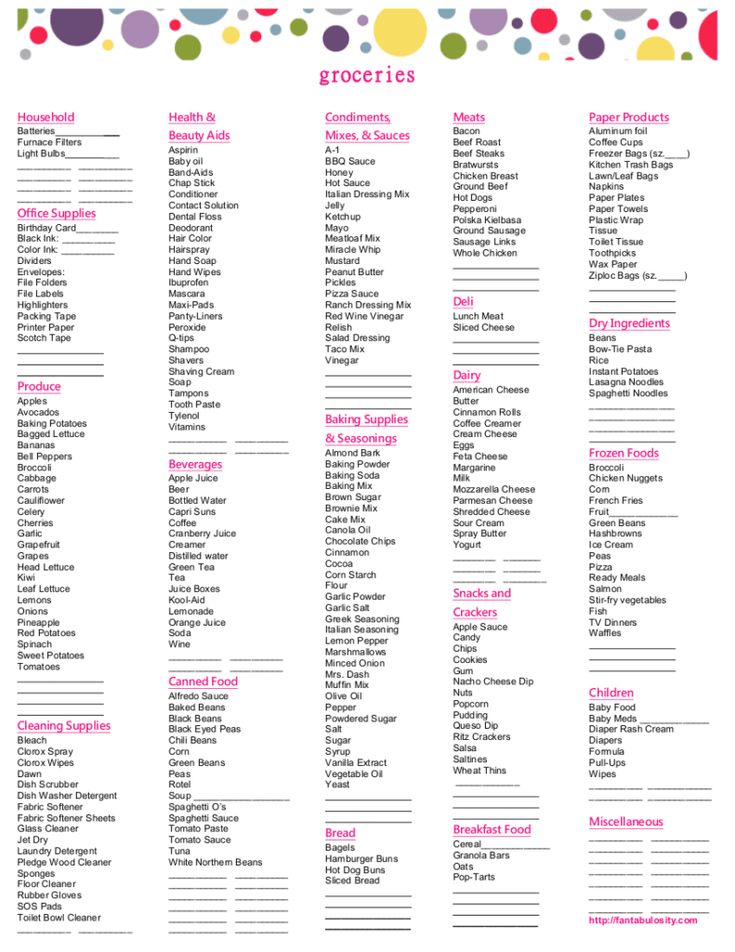
Time to read: 5 minute(s)
Do you study labels like many moms and dads around the world do? Or do you just trust manufacturers with big names? If the latter option is closer to you, remember that this approach does not at all guarantee that your child will receive really healthy products. Numerous revelations in the press indicate that often even the most famous manufacturers, whose brand is synonymous with quality, sin by adding ingredients that are not the most useful for babies to the composition of baby food.
Why look at the label
Of course, you won't find arsenic in their products. While harmful, not only for children, but also for adults, starch is easy. Flavors and artificial colors are also often found in baby products. Hence the conclusion - "the salvation of the drowning is the work of the drowning themselves." And this means that when you go to the store in search of goodies that are healthy for your child, stock up on a magnifying glass to study the label and useful information for reading it correctly.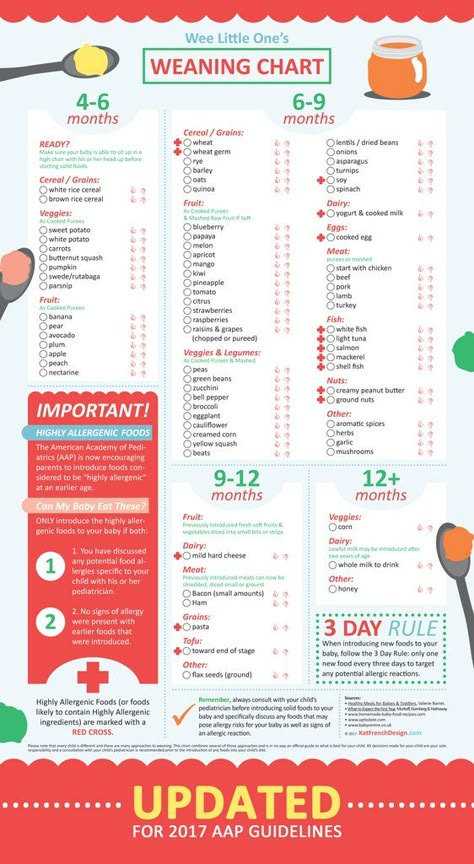 We will provide you with the necessary information now.
We will provide you with the necessary information now.
What comes first?
First of all, you should pay attention to the sequence of listing the ingredients that make up a particular food product. Ideally, the fewer the better. For example, in fruit puree, there should be a maximum of two of them: fruit puree itself and, say, vitamin C, which in this case is a natural preservative. Well, if this is the end of reading the composition of the label. Alas, this is not always the case. Often, manufacturers also include the starch we have already mentioned in the composition of baby food - an ingredient that may not be the most harmful, but definitely not the most useful.
If we are not talking about baby food, but about products intended for children from three years old, then there is nothing at all - studying the label can take a lot of time. In this case, we recall the main rule - the more of this or that ingredient in the composition of the product, the higher it is in their list. And, accordingly, vice versa.
And, accordingly, vice versa.
White death?
Ideally, of course, in products intended for children, there should be no sugar at all. The fact is that the body of a little man has its own characteristics. For example, tooth enamel in children is more susceptible to caries. That is why the teeth of babies are destroyed much faster than the teeth of adults. Caries can destroy them to the ground in just a few months. Of course, this is fraught with serious problems, both with digestion and with diction.
All types of carbonated drinks are especially destructive. Much better juices, but not nectars! By the way, home-made freshly squeezed fresh juices are not as healthy as many people think. The fact is that having a high concentration of fruits, they have a rather aggressive effect on the stomach. So, for a glass of freshly squeezed apple juice, depending on the type of fruit, you can take up to a kilogram of fruit. Think for yourself, is the child's body capable of enduring such a load? At the same time, the composition of finished drinks is more balanced. Again, unless we are talking about cheap nectars, generously "enriched" with sugar.
Again, unless we are talking about cheap nectars, generously "enriched" with sugar.
Hidden sugars
Some manufacturers are cunning and add so-called hidden sugars to their products: sucrose, maltose, molasses, and so on. Remember - all this is also sugar and therefore not very healthy.
But what if children are known to have a sweet tooth? Very simple - choose foods with healthy sweeteners. such as glucose and fructose. They are not only tasty, but also have a beneficial effect on the baby's brain, and this is very important.
Chocolate - to be or not to be?
Chocolate for children: benefits and harms
Of course, to be! But it is very important that children consume the right desserts. Good, high-quality chocolate will not only not harm the child, but will also help. It improves bowel function, calms the nerves, promotes the production of the hormone of happiness. Moreover, it improves brain activity - it is no coincidence that parents all over the world, before tests or exams, certainly offer their child to refresh themselves with a slice of good chocolate.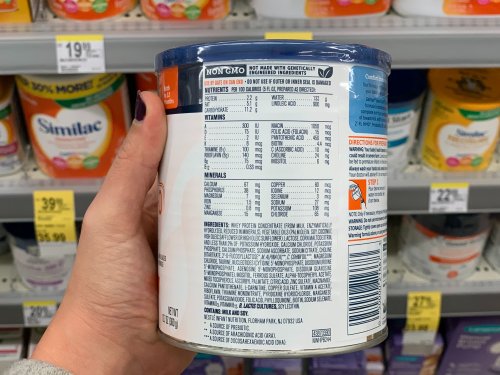 True, there are some peculiarities - if adults are recommended dark chocolate with a large amount of cocoa beans in the composition, then such a product is not very suitable for a child's body. It can excite the fragile nervous system of the child, not to mention the fact that the child is unlikely to enjoy its taste. Therefore, we recommend you milk chocolate. Only one that contains only natural ingredients and a large amount of milk.
True, there are some peculiarities - if adults are recommended dark chocolate with a large amount of cocoa beans in the composition, then such a product is not very suitable for a child's body. It can excite the fragile nervous system of the child, not to mention the fact that the child is unlikely to enjoy its taste. Therefore, we recommend you milk chocolate. Only one that contains only natural ingredients and a large amount of milk.
Are preservatives as terrible as they are talked about?
The inscription “without preservatives” is a balm for the souls of child-loving mothers and fathers. But in fact, a rare product can do without ingredients that extend its shelf life. You should not be afraid of this. The main thing to understand is that preservatives are different. For example, every housewife who makes preparations for the winter uses the most common of them - salt and vinegar. And if it is better not to give the latter to children, then it will be problematic to completely exclude salt from the diet of children. The main thing is measure and time. So, children under one year old are usually really given unsalted foods, and then this seasoning is gradually introduced into the diet. But again, be aware of the quantity! The less salt the better. This means that when listing the ingredients, it should be at the very end of the list.
The main thing is measure and time. So, children under one year old are usually really given unsalted foods, and then this seasoning is gradually introduced into the diet. But again, be aware of the quantity! The less salt the better. This means that when listing the ingredients, it should be at the very end of the list.
Other relatively safe preservatives are citric and malic acids. And, it’s really better to avoid artificial “extenders” of the expiration date in products. These additives include: sorbic and benzoic acids, as well as their salts.
Emulsifiers - good or bad?
Once again, we draw your attention to the following aspect: everything depends on the age of the child. The diet of children up to a year is usually dominated by special baby food, the composition of which should be simple and affordable. Say, if it is vegetable puree, then it is better if, apart from vegetables and water, there will be nothing else. But the older the child is, the more difficult it is to protect him from the surrounding variety of tastes. And if everything is absolutely clear with such undeniably harmful products as soda and chips, then difficulties may arise with others.
And if everything is absolutely clear with such undeniably harmful products as soda and chips, then difficulties may arise with others.
After all, even a banal yogurt can include almost the entire periodic table in its composition. The hysteria in the press, inflated on this occasion, has led to the fact that now parents are horrified even before completely harmless, and even useful ingredients. An emulsifier unexpectedly got into the number of such products. Commonly used to create a greasy texture in low-fat products, it doesn't make consumers feel good about it. And by the way, it's completely wrong. The fact is that emulsifiers are also different. For example, the most common is lecithin. It is believed that it is not only not harmful, but also beneficial to human health.
This scary E
One of the most terrible ingredients for many people has the constant prefix E. One has only to see it in the composition of the products, as the hand itself reaches for the shelf to put the jar or box in its place.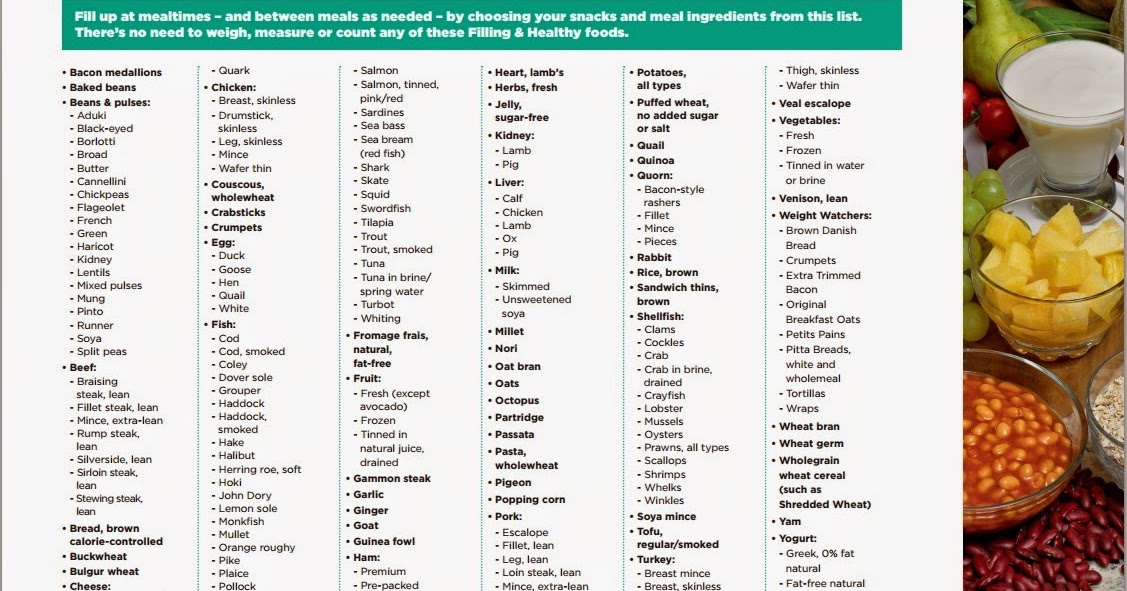 But we can say that sometimes it is in vain. All because one E to another is discord. For example, apple pectin, which is extremely beneficial for health, is also indicated by this letter. She, this letter, stands for vitamin C and even such an antioxidant as vitamin E. So in addition to the letter designation, carefully look at the numbers.
But we can say that sometimes it is in vain. All because one E to another is discord. For example, apple pectin, which is extremely beneficial for health, is also indicated by this letter. She, this letter, stands for vitamin C and even such an antioxidant as vitamin E. So in addition to the letter designation, carefully look at the numbers.
Apple pectin is E440, vitamin C is E300, and vitamin E can be designated immediately by a whole range of numbers from E306 to E309
This is how dyes are usually designated, which have no place at all in children's food.
In general, the fewer ingredients, the better. At least there will be few problems with studying the label.
Trans fats
But these additives should not be in the composition of products for children. In general, not only children, as they are very dangerous. It is not difficult to distinguish such products from all others - if the list of ingredients includes:
- Vegetable margarine
- hydrogenated or saturated vegetable fat
- cooking oil
- spread
- palm oil
We recommend that you immediately stop buying such food for children.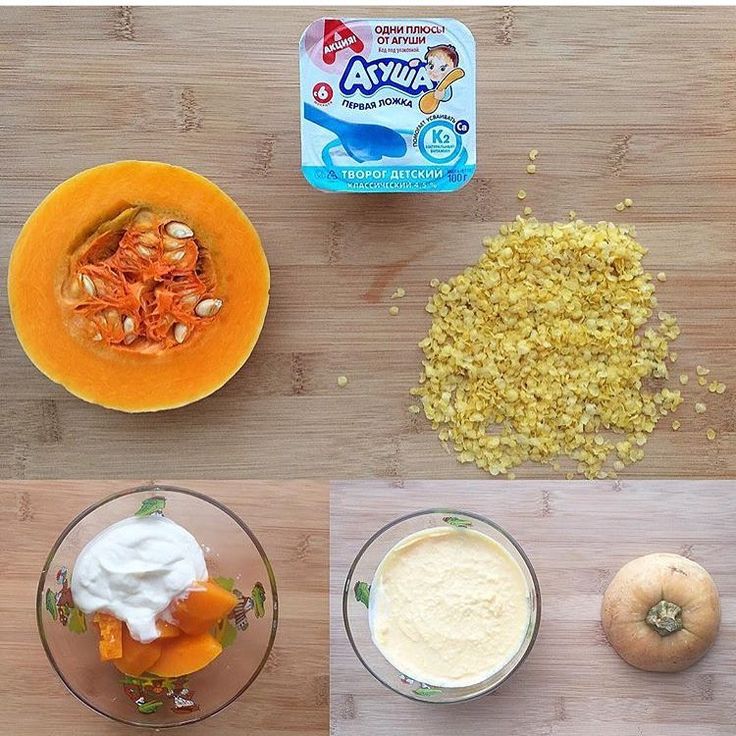
Perhaps we can say that this is the basic knowledge to buy the right products for children.
The whole truth about GMOs, gluten and sweeteners
Healthy food for every baby
[tp_widget][/tp_widget]
Children's recipe - Encyclopedia Baby food
Viktoria Levchuk©What is a children's recipe? I wonder how a children's recipe differs from an adult? A children's recipe is prepared for a baby, up to what age? How to adapt adult table dishes to children's recipes? We will try to answer these questions and even more. First, let's figure out what a recipe and a children's recipe are!
What is a prescription?
Contents:
Recipe is a set of instructions or a description of how to prepare a cooking dish. The word is also used in medicine or information technology. A doctor usually writes a prescription for medicines that can be obtained or bought at a pharmacy.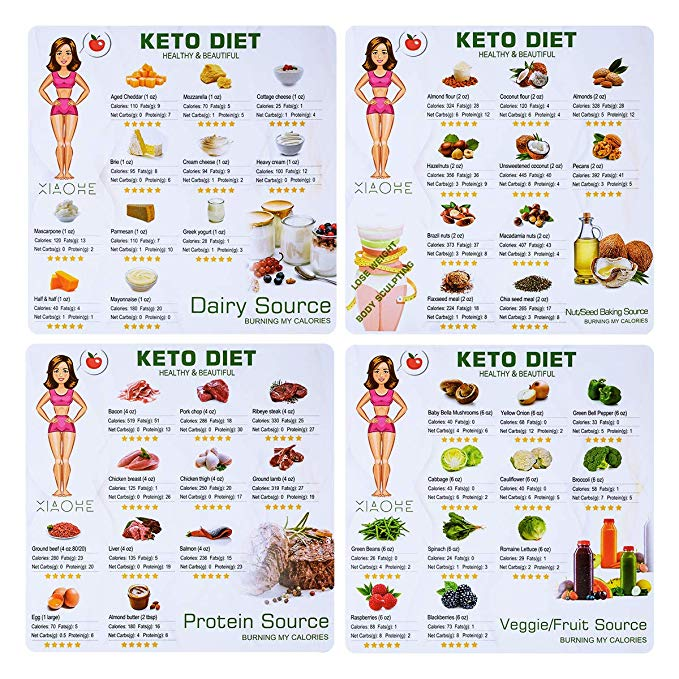
Prescription was originally a medical word. The recipe comes from the Latin "recipere" which means "to take". The word was first used in the 14th century as a verb rather than a noun. Only in the 16th century did the recipe become a noun and signify the recipe itself. Around the 17th century, the word recipe migrated from a medical topic to cooking and began to denote a method / instruction for preparing a dish.
The recipe consists of two main parts: the list of ingredients and the method of preparation. There are different styles of writing recipes, such as the drawn recipe. Ingredients are preceded by the name, number of servings, and serving size, if applicable. Then a list of ingredients and cooking method.
If the recipes are taken from some source and adapted, then you must indicate the source under the text of the recipe. Recipes need to be cooked before they are posted to make sure they work, the ingredients and serving sizes are right, and the food tastes amazing.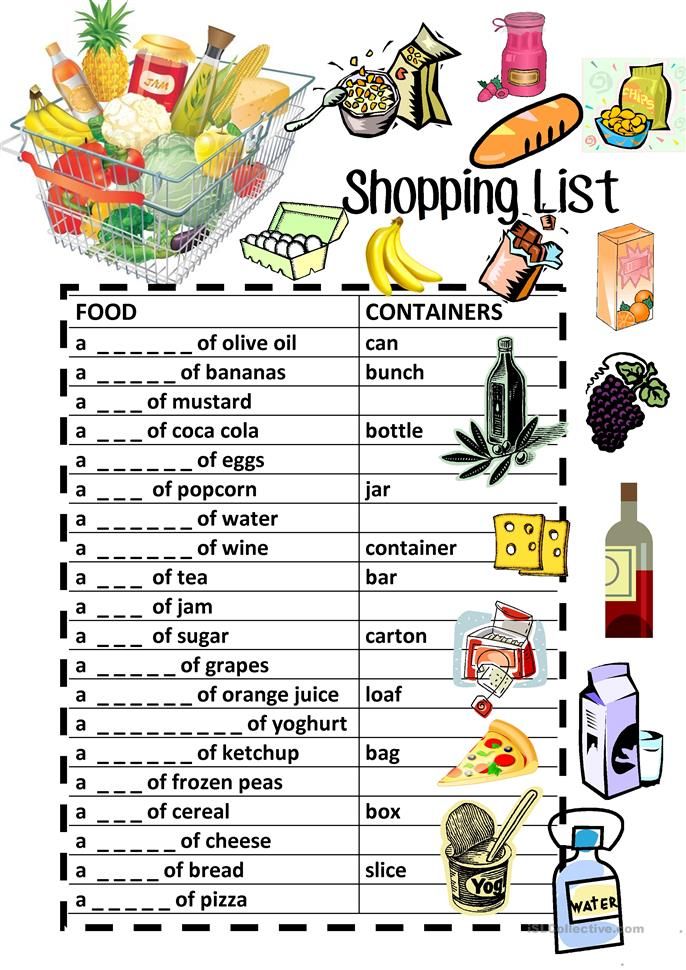 If cooking is a flight of thought and inspiration, then you definitely need to take notes.
If cooking is a flight of thought and inspiration, then you definitely need to take notes.
At a minimum the recipe must contain the following information :
- the name of the dish
- the list of ingredients with the exact quantity of each ingredient
- a description of how the dish is to be prepared and finished, this is called the cooking method
- Number of servings and time cooking.
Children's recipe is a way of preparing a dish taking into account the characteristics of the child's age. Therefore, baby food is divided into 9 age stages0108 : 4-6 months, 7-8 months, 8-10 months, 10-12 months, 12-18 months, 18-24 months, 2-3 years, etc. The older the child becomes, the more parents move away in cooking from baby food and children's recipes towards adult cooking. The children's recipe includes dishes that are aimed at improving the child's body, which are balanced, varied and designed specifically for children. This does not mean that now it is necessary to prepare only children's recipes for children, and adults - for adults.
This does not mean that now it is necessary to prepare only children's recipes for children, and adults - for adults.
It's just that in children's nutrition there are rules for cooking, which are observed until the child completely switches to an adult diet or his body is sufficiently strong. Moreover, the rules gradually decrease with the age of the child and approach the usual recommendations for proper healthy eating.
Baby Food or Baby Prescription Rules
It is up to the child's parents to follow or not follow these guidelines.
Up to 10 months (age is approximate as parents look at their child and decide whether to follow this recommendation):
- Only fresh food is used for cooking, especially vegetables, fruits and dairy products.
- Children's prescription must contain foods that benefit the child's body.
- Recipe must contain complex carbohydrates.
- Children's prescription must not contain processed foods, sugar or salt, and saturated fat.
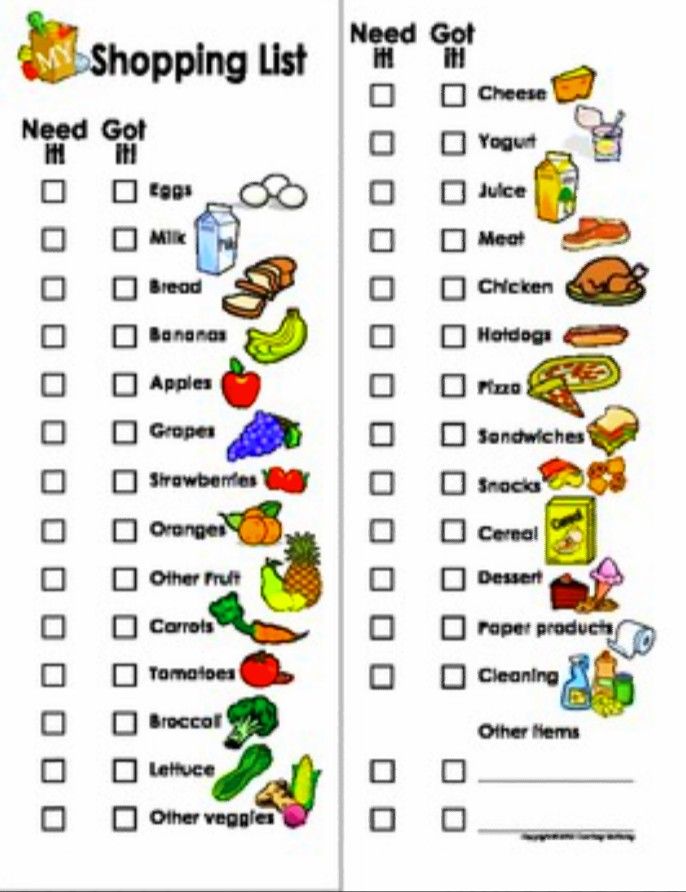
- Main meals are less than 600 calories per serving.
- For every meal, a fresh dish, freshly prepared.
- Do not store the finished product for more than 24 hours.
CLICK ON ME!!! We eat delicious. Annabelle Carmel.
- The child eats foods that he is familiar with and does not have an allergic reaction.
- The new product is introduced into the diet gradually and carefully according to the rule of waiting in 4-7 days.
- Children's recipe provides the consistency of the finished dish, based on the age of the child.
Consistency of food up to a year. Click on me!!!
- Children's meals are best cooked by steaming, if this is not possible, then bake, in extreme cases, boil in water, and stew the last, should not be fried in oil, at least up to 3 years.
- When freezing baby food, indicate the freezing date and freezer shelf life.
- Baby food cubes can only be defrosted in the refrigerator.
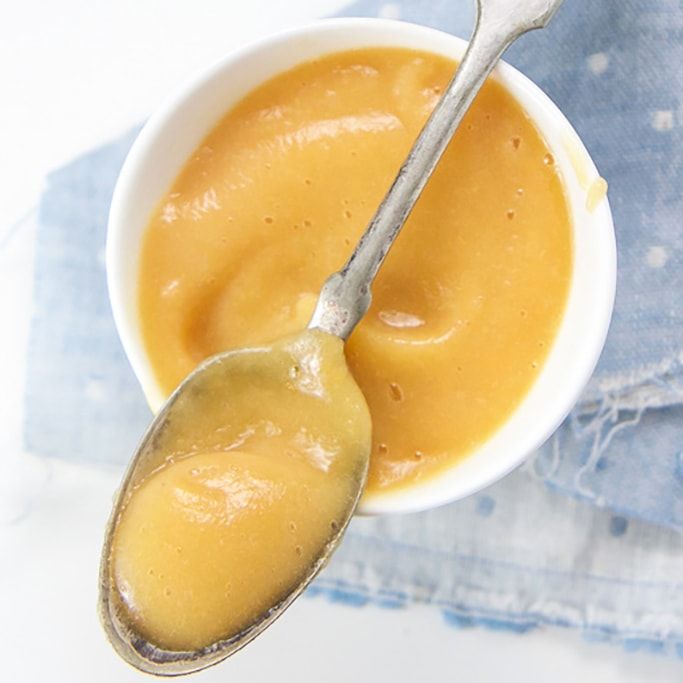
- Use of semi-finished products of industrial production is not desirable until 3-5 years.
Items 6 and 7 can be removed from the age of 10-18 months, since the child's body has already adapted to food intake, is able to digest dishes prepared in the morning or even yesterday. It is already possible to introduce a new product for about 3-5 days, also due to the age of the child and its better adaptation, and the gastrointestinal tract is more ready to digest unfamiliar foods. The consistency is most likely close to adult food, so this item also goes away by about 18 months. Points 8 and 9 remain with the child until the age of 5-7, while he is getting acquainted with new products. And only the rules of healthy eating remain.
I think it's clear what principles a children's recipe is based on, it must comply with the rules of healthy eating with a discount for the child's age. Because while the baby is small, he eats complementary foods of a homogeneous consistency, the products must be super fresh, so as not to burden the gastrointestinal tract with poisoning, serve fresh, freshly prepared foods every time, do not store them. Gradually, the child grows, the consistency of baby food changes, the shelf life of the finished dish also changes. All these nuances should include a children's recipe.
Gradually, the child grows, the consistency of baby food changes, the shelf life of the finished dish also changes. All these nuances should include a children's recipe.
Another important thing to consider are frozen baby puree cubes, which are often prepared by parents of small children. It is also important to indicate the shelf life of frozen cubes, as well as the methods of defrosting, in what form the thawed baby food will be, how to thicken it if the consistency changes.
Children's recipe consists of various nuances, parents must understand and prepare complementary foods based on these rules.
Recipes for baby purees often state that the dish can be prepared in 3-4 different ways. In order not to confuse parents, we will explain.
In the example of zucchini puree, which can be prepared in different ways, the taste of the finished product will be different, as well as the cooking time.
- Prepare for steam
- Bake
- Boil in water
- Pull out in a pan
- Thaure the zucchini cubes and touch
- Open a jar of children's power
options for preparing children's recipe
I got 5 ways to prepare a widow.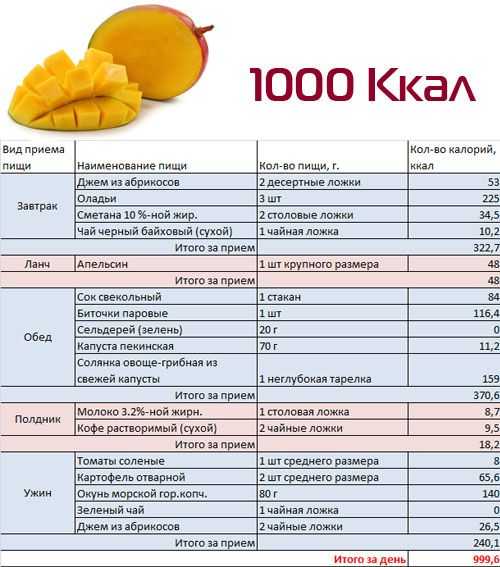 easy option. Accordingly, there will be 5 children's recipes or one recipe consisting of 5 subgroups of possibilities for cooking zucchini for a child. We also take into account the age of the child and the consistency of the product, which changes. So at the beginning of complementary foods, the baby will receive a uniform consistency, closer to 9-10 months with small pieces, by 12 months the baby will most likely be served zucchini in pieces. And a good children's recipe should include all these nuances that are important for every mother to know.
easy option. Accordingly, there will be 5 children's recipes or one recipe consisting of 5 subgroups of possibilities for cooking zucchini for a child. We also take into account the age of the child and the consistency of the product, which changes. So at the beginning of complementary foods, the baby will receive a uniform consistency, closer to 9-10 months with small pieces, by 12 months the baby will most likely be served zucchini in pieces. And a good children's recipe should include all these nuances that are important for every mother to know.
What is a balanced children's prescription?
To understand what a balanced children's recipe is, it is necessary to answer the question, what is a balanced diet?
Balanced Nutrition is a ratio of the following proportions: a quarter of protein, a quarter of carbohydrates and half of vegetables.
Six kinds of nutrients are essential for survival: proteins, carbohydrates, lipids (fats), vitamins, minerals and water. Proteins, carbohydrates and fats are macronutrients. "Macro" means that our body needs these nutrients in large quantities.
Proteins, carbohydrates and fats are macronutrients. "Macro" means that our body needs these nutrients in large quantities.
Macronutrients provide energy, measured in kilojoules or kilocalories. Vitamins and minerals are considered micronutrients because our bodies only need them in small amounts. Water is another important macronutrient because the volume of water excreted by the body through metabolic processes is much less than the amount of water we lose every day through sweating, urine, stool and breathing.
Balanced children's recipe
A balanced children's recipe should include the principles of a balanced diet. But how do you ensure your baby is balanced at the start of complementary foods? It's very simple, just feed the baby with breast milk or formula; up to a year, it is these liquids that provide the baby's body with all the important elements. Therefore, parents are advised until the child is 12 months old to expand the diet, and not increase the portion.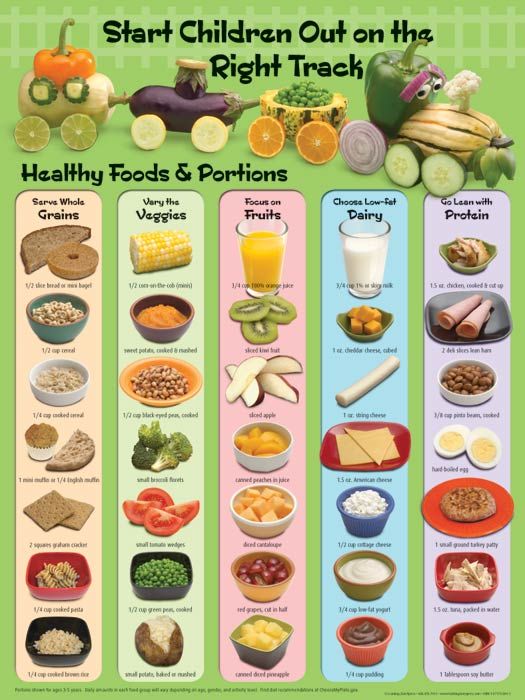
After 12 months, try to apply the principles of a balanced diet, but without fanaticism, focus more on intuitive eating, when a plate with a variety of food is placed in front of the child, and already the baby chooses what to eat and in what quantity. As I wrote earlier in other articles, children sometimes can overeat some foods with a lack of some elements in the body, and then for a long time these foods are not eaten. It is normal for parents to give their child choices in a varied and balanced diet.
How to adapt adult dishes to children's recipes?
Adult dishes can be easily adapted to children's recipes. To do this, you need to answer a few questions:
- What products in the adult recipe are introduced into complementary foods for a child?
- Which ingredients in an adult recipe can be substituted or omitted without changing the taste of the dish?
- Is it possible to use a healthy cooking method such as roasting or steaming?
- Is it possible to refuse spices and spices without changing the taste of the dish?
- Is it possible to change the consistency of a dish without changing the taste?
- Is the recipe consistent with healthy eating?
How to turn an adult dish into a children's recipe?
Of course, you can ask more questions, but these are the main ones that distinguish an adult recipe from a child's.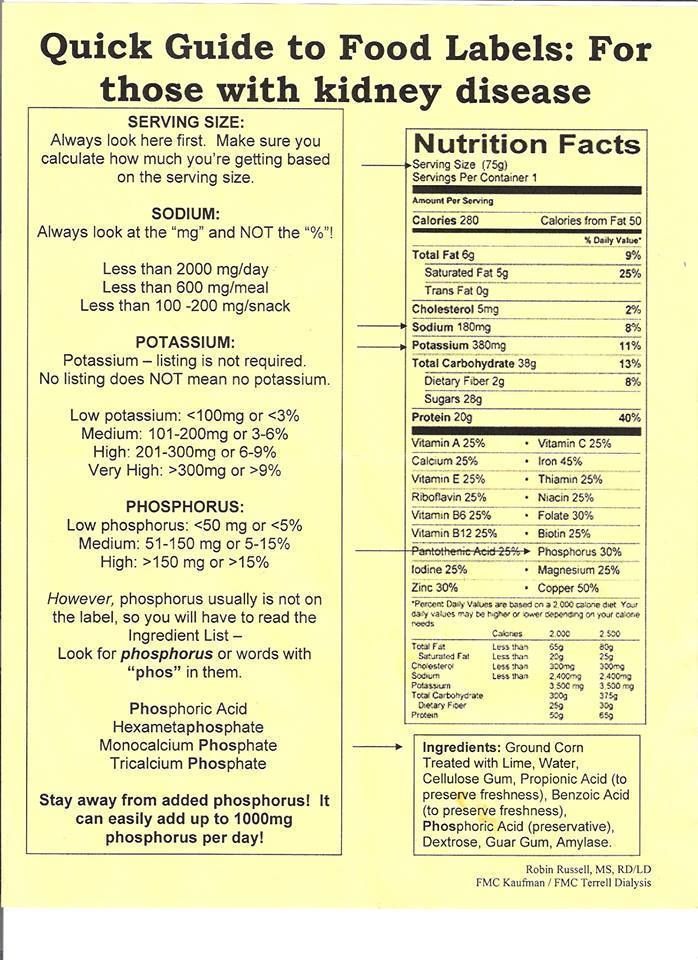 Recipes for children under 10 months differ from adult cuisine in their one-component and consistency. At this stage of baby food, it is better not to use adult cuisine recipes, but to prepare food according to children's recipes that are recommended for a child of this age. From about 10 months old, you can cook according to family recipes, but taking into account the age of the child and the products that he has tried at the current stage. For example, we cook pilaf, but we take not the usual ingredients, but those with which the baby is familiar. So for children's pilaf we will take meat (rabbit or turkey), onions, carrots and rice, without salt and spices.
Recipes for children under 10 months differ from adult cuisine in their one-component and consistency. At this stage of baby food, it is better not to use adult cuisine recipes, but to prepare food according to children's recipes that are recommended for a child of this age. From about 10 months old, you can cook according to family recipes, but taking into account the age of the child and the products that he has tried at the current stage. For example, we cook pilaf, but we take not the usual ingredients, but those with which the baby is familiar. So for children's pilaf we will take meat (rabbit or turkey), onions, carrots and rice, without salt and spices.
For the first pilaf, the meat is not fried, but boiled a little in water, onions and carrots are sautéed a little, rice is soaked. Combine all ingredients in a saucepan and simmer for about 30 minutes. The perfect first pilaf cooked in a double boiler. Parents can choose the cooking method, if possible. The first pilaf will look more like boiled meat porridge with vegetables.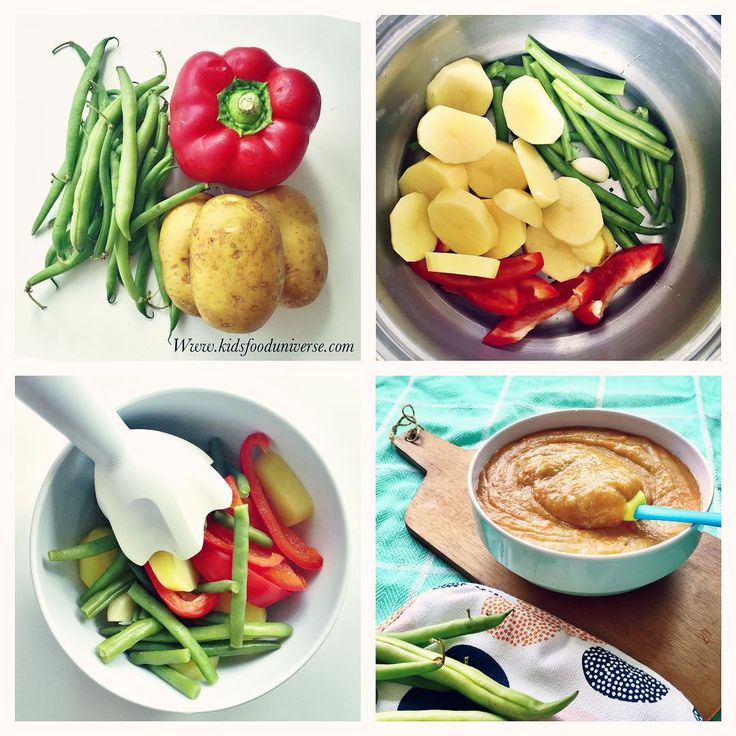 When the body can digest pilaf, namely by about 1-2 years, depending on how the family prepares this dish, then it is given from the common table.
When the body can digest pilaf, namely by about 1-2 years, depending on how the family prepares this dish, then it is given from the common table.
Until what age do we prepare children's recipes?
Until about 5-7 years of age, the child's diet is expanded, i. the child gets acquainted with various products up to about 7 years. For example, mushrooms can be given after 5 years, etc. Therefore, children's recipes are prepared up to 5-7 years. But in practice, children from the age of 2 eat from the general table, taking into account their familiarity with the products. Parents try to adjust their diet in such a way that it matches a healthy diet, which means that children are allowed to eat. Recipes for children are adapted by many parents for themselves, someone starts to eat more properly , someone reviews family meals, makes changes to them, someone cooks separately for a child, separately for adults, this is everyone's choice, no matter what recipes are used to prepare food for a child.


